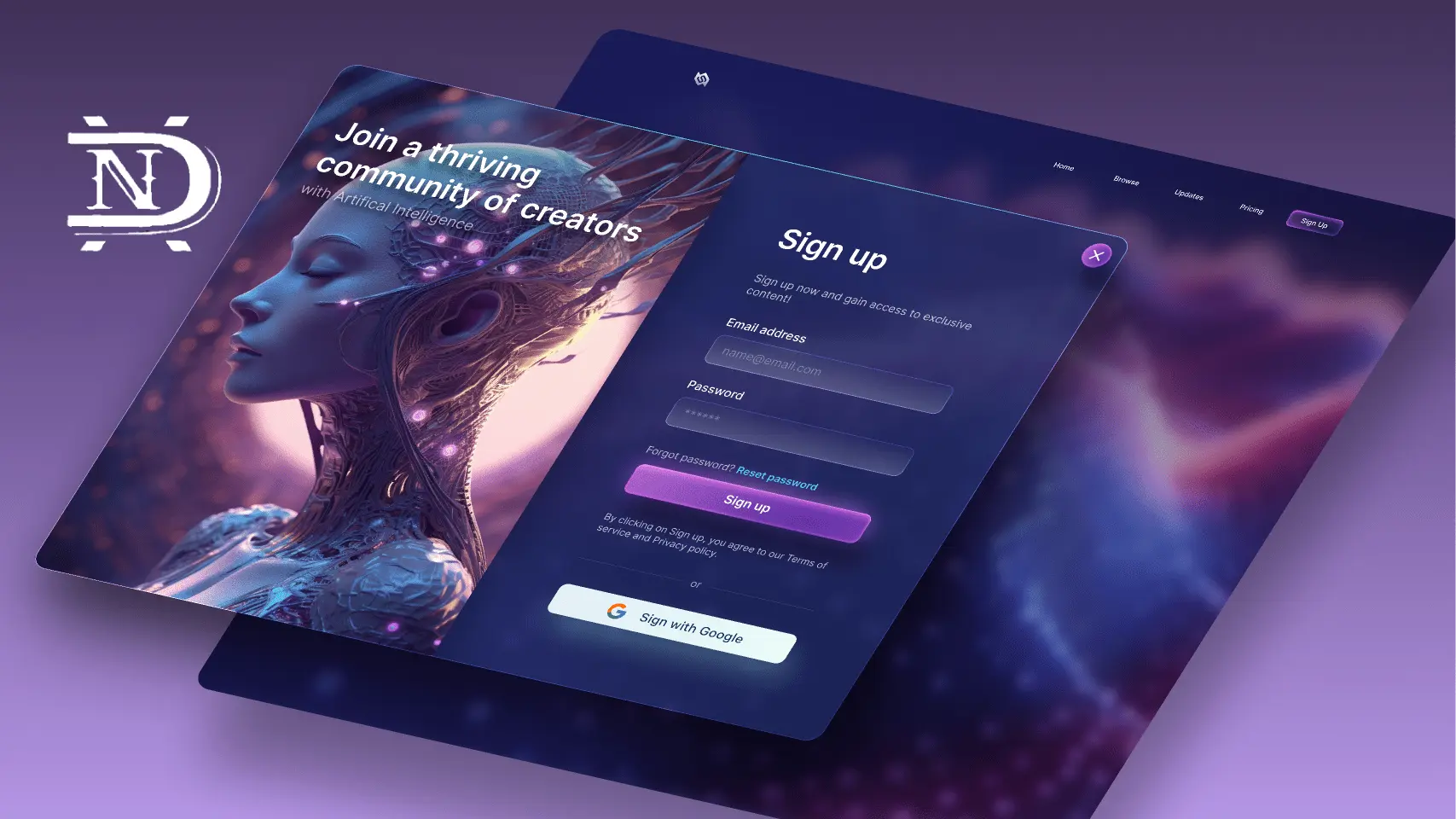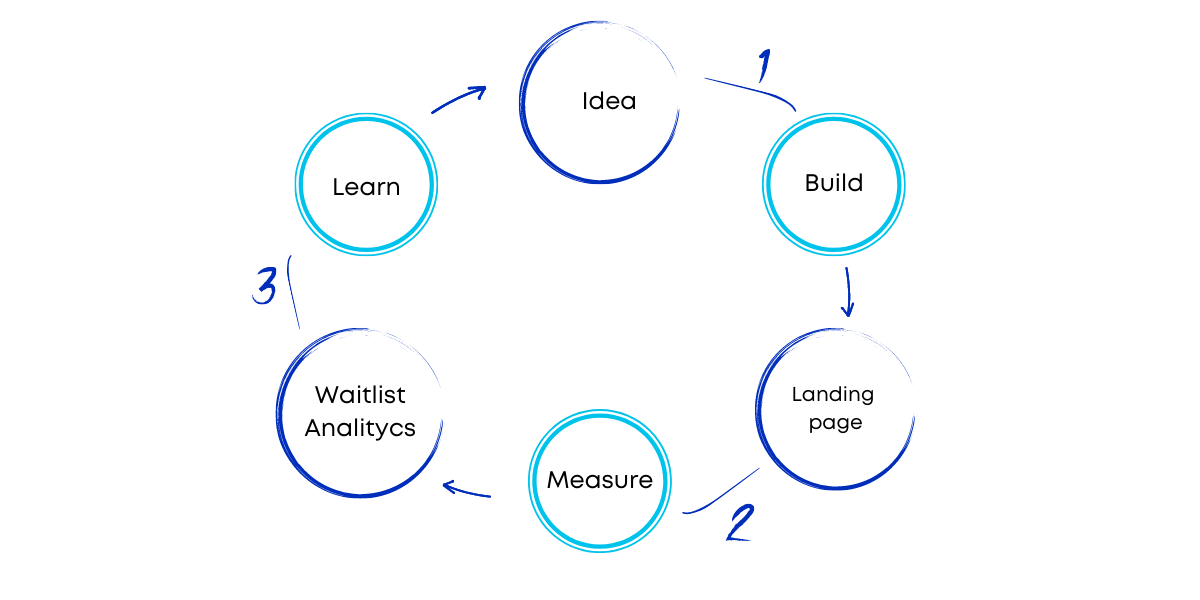Validate SaaS Idea Using AI Tools 🚀
Aug 29, 2024 | 4 min read

Are you an aspiring entrepreneur with a brilliant SaaS idea? The excitement of building something new can often lead to premature development without proper validation. In this blog post, we’ll explore a structured approach to validate your SaaS idea effectively using AI and no code tools. This methodology is not only efficient but also cost-effective, allowing you to gauge interest before investing significant time and resources.
Understanding the Importance of Validation 🧩
Validation is a crucial step in the entrepreneurial journey. It helps determine whether there is genuine interest in your product before you dive into development. Many first-time founders either skip this step entirely or feel overwhelmed by the concept of validation. The bottom line is simple: you need to find out if potential users are actually interested in the SaaS solution you plan to build.
Skipping this phase can lead to wasted resources, as you may end up building something that no one wants. By validating your idea first, you can save time and money, ensuring that you focus on projects with real potential.
Step 1: Creating a Landing Page with a Sign-Up Form 🖥️
The first step in validating your SaaS idea is to create a landing page. This page should showcase your tool and make it appear as though it’s almost ready for launch. It’s essential to convey a sense of urgency and excitement. To get started, you can use free UI templates available on platforms like Figma.

Once you have your template, customize it to reflect your product’s purpose. For instance, if your idea is an interactive prompt designer for AI tools, design the UI to highlight features like drag-and-drop functionality and various prompt blocks. Include a logo and a catchy name for your tool.
Now, move to Framer to build a simple landing page using your UI mockup. The landing page should have a hero section that captures attention, along with a navigation menu that includes a sign-up option. This is where potential users will express interest by providing their email addresses.
To collect email addresses, utilize a tool like Formspark, which allows you to gather submissions for free up to a certain limit. Your goal is to see how many users are willing to sign up for updates or early access to your tool. If you can get a significant number of sign-ups, it’s a strong indicator that there’s interest in your idea.
Step 2: Creating Eye-Catching Ad Creatives 📢
Once your landing page is ready, the next step is to drive traffic to it. To do this, you’ll need to create compelling ad creatives that capture attention. You can use TinyKiwi or Canva to design ads in various formats suitable for platforms like Facebook and Instagram.
Prepare three different formats: one for standard Facebook ads, one for Instagram, and one for Instagram Stories. This will ensure that your ads are optimized for various placements, maximizing your reach.
After creating the visuals, head to Facebook’s Ad Manager to set up your ad campaign. If you don’t have an account, create one. Select your campaign objective; in this case, optimizing for traffic is ideal since you want to direct users to your landing page.
Set a reasonable daily budget, typically around $10 to $12, and target your audience. For initial testing, it’s advisable to focus on a broad audience, such as users in the United States, and then narrow down interests like artificial intelligence and technology.
Step 3: Analyzing Results and Iterating 🔍
After running your ads for about a week, it’s time to analyze the results. Before launching, it’s essential to establish criteria for success. Determine how many sign-ups would indicate validation for your idea. For instance, if you receive 20 to 30 emails from your campaign, it’s a positive signal. Conversely, fewer than 10 sign-ups may indicate a lack of interest.

In the case of this example, after a week, the campaign yielded only 11 sign-ups. While this result is on the lower end of what might be considered successful, it’s crucial to remember that this doesn’t mean the idea is entirely without merit. It may be worth tweaking the landing page, adjusting ad creatives, or targeting a different audience before concluding the experiment.
Learning from the Experiment 📊
The experiment’s primary goal is to gather signals and indicators about your idea’s viability. Even with a low sign-up rate, you can learn valuable lessons. Perhaps the messaging was unclear, or the audience wasn’t adequately targeted. The essence of validation is about iterating and refining your approach based on feedback and data.
Consider running multiple variations of your ads or landing page to see what resonates better with your audience. This iterative process will help you gather more insights and improve your chances of success in future attempts.
Conclusion: The Value of Validation 💡
Validating a SaaS idea before diving into development is a critical step in the entrepreneurial process. By leveraging AI and no-code tools, you can efficiently test your idea, saving time and resources. The validation process is not about proving your idea is perfect; instead, it’s about gathering evidence that can guide your next steps.
Remember, even if your initial validation doesn’t yield the results you hoped for, it’s a learning opportunity. Use the insights gained to refine your approach and continue exploring new ideas. The entrepreneurial journey is filled with iterations, and each step brings you closer to finding a solution that meets market needs.